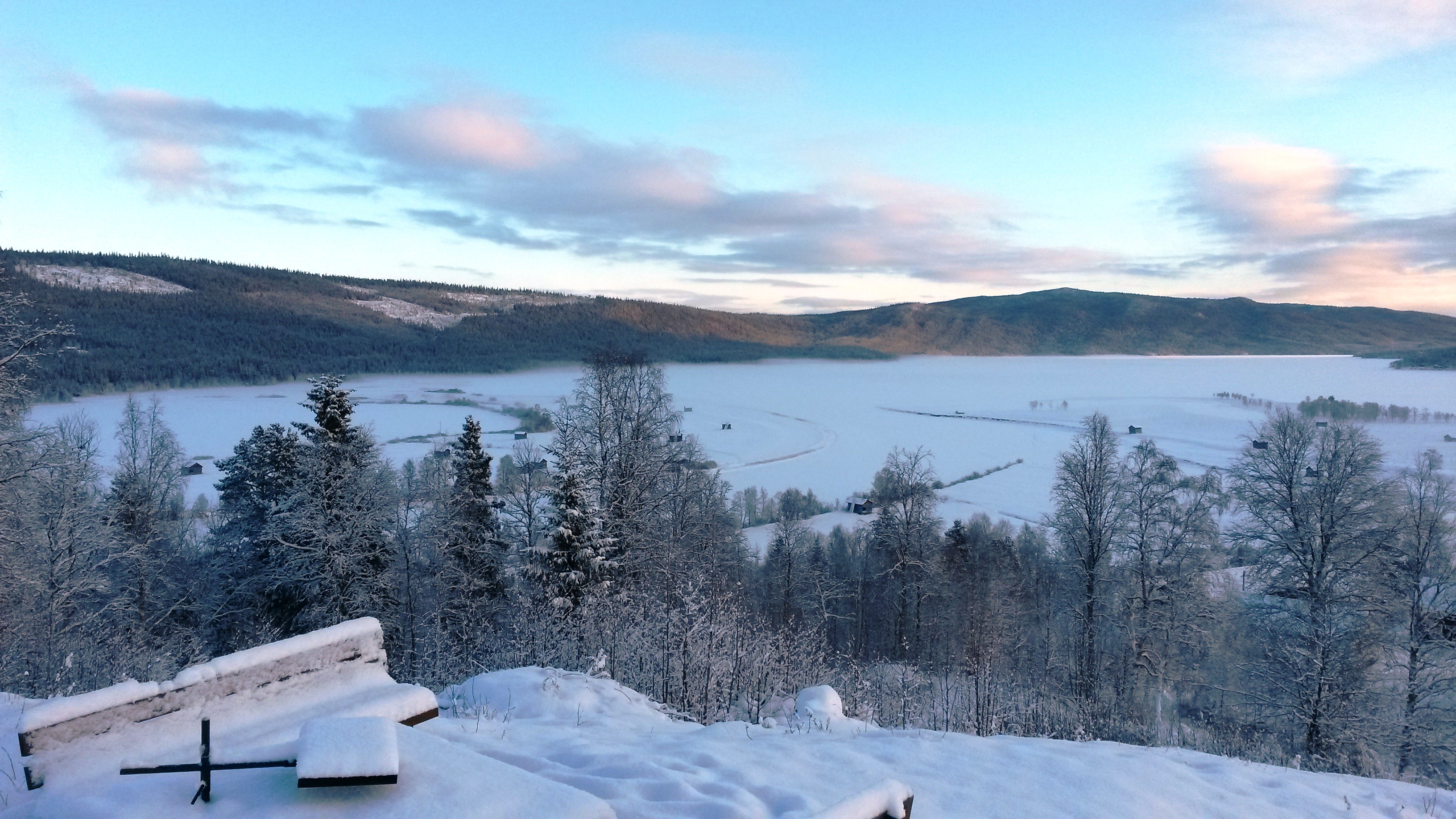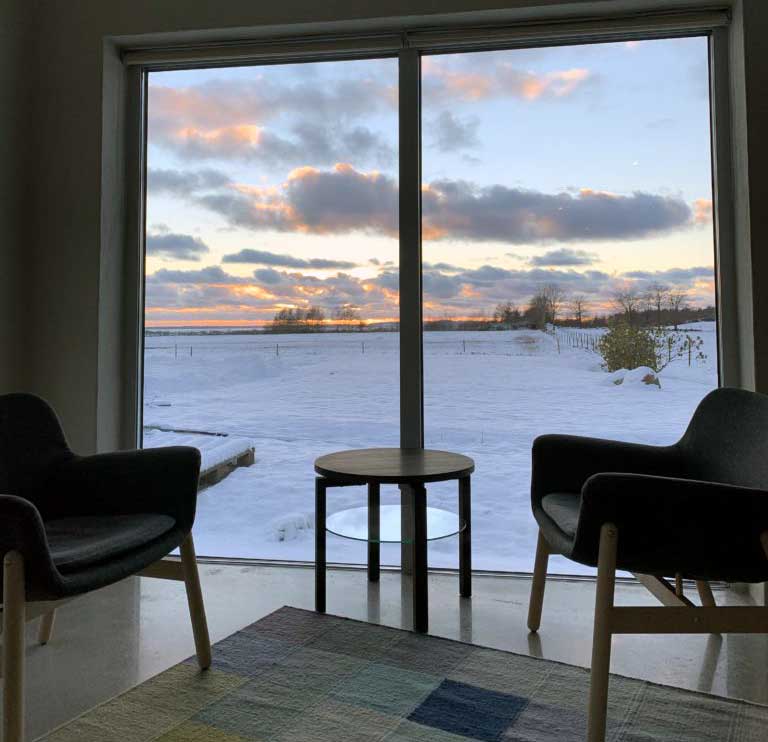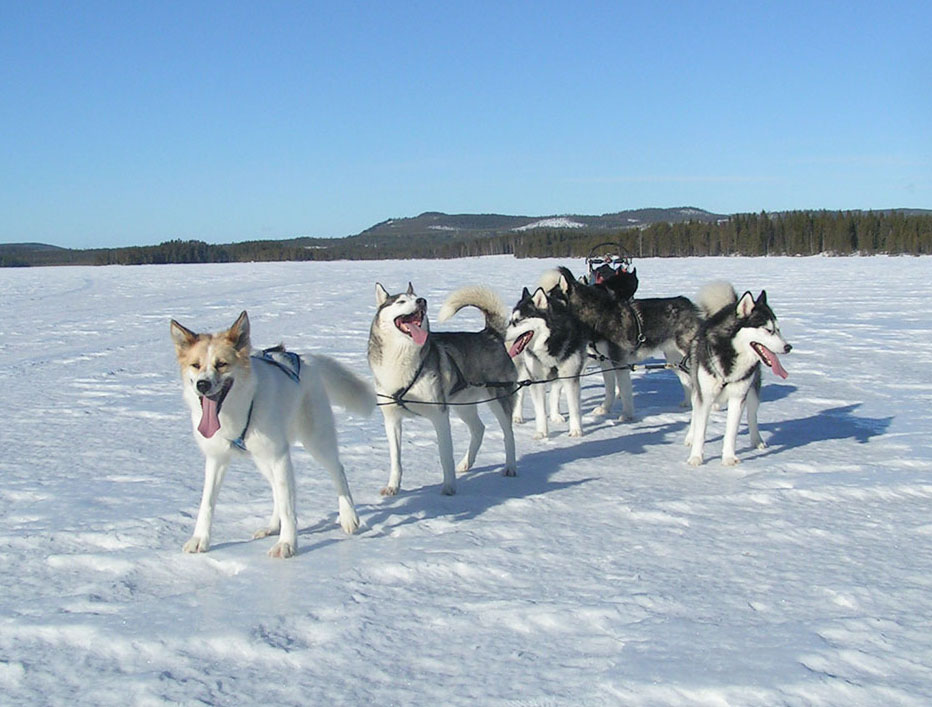So, What Is The Coldest Month In Sweden?
The short answer is February.
When most people think about the Nordic climate, they imagine biting cold temperatures and thick blankets of snow. However, the climatic conditions of Sweden, a country well-known for its exceptional beauty and rich cultural heritage, vary considerably due to its substantial north-to-south stretch. One question that often pops up for those planning a trip or moving to Sweden is, which or what is the coldest month in Sweden? While January is traditionally considered the coldest month, statistically, February often takes that title, particularly in certain parts of the country. Let’s dive into why this is the case.
Why February is the coldest month?
Sweden’s climate is influenced by the Gulf Stream, a warm ocean current that has a significant moderating effect on the weather. This, coupled with Sweden’s latitude, results in a climate colder than areas at similar latitudes elsewhere in the world. While January is generally chilly across the country, February is when the temperature tends to drop to bone-chilling lows, especially in the Northern parts of Sweden.
One reason for this delay in the peak of cold temperatures can be attributed to what meteorologists call ‘seasonal lag.’ Despite the winter solstice occurring in December (the shortest day of the year), it takes a while for the land and oceans to cool down to their coldest temperatures, resulting in February often being the coldest month of the year.
When considering the coldest month, it’s also important to remember that daylight hours are scarce in Sweden during winter. From December till March, Stockholm sees on average about six hours of daylight, while Kiruna experiences a period known as the ‘polar night,’ where the sun doesn’t rise above the horizon at all. This lack of daylight contributes to the perception of coldness and is a unique aspect of winter in Sweden.
The temperature across Sweden
In Stockholm, the capital located in the southeast, the average temperature in February hovers around -3 degrees Celsius (26.6 degrees Fahrenheit), but can occasionally drop below -10 degrees Celsius (14 degrees Fahrenheit).
While the south experiences milder temperatures, the farther north you go, the colder it gets. For example, in Kiruna, located in the Swedish Lapland, February temperatures can average around -16 degrees Celsius (3.2 degrees Fahrenheit), with lows reaching -30 degrees Celsius (-22 degrees Fahrenheit).
Cold can be fun!
These frigid temperatures may be intimidating, but they also provide a unique chance to experience the winter wonders. The coldness contributes to creating a magical winter scenery across Sweden. This is the time when the country transforms into a winter wonderland, with snowy landscapes and opportunities for winter activities like dog sledding, skiing, snowboarding, and ice fishing.
Moreover, February is also an excellent time for stargazing and to witness one of nature’s most spectacular displays, the Northern Lights or Aurora Borealis. The long, dark nights of February provide perfect conditions for this jaw-dropping phenomenon. It’s most visible in the northern part of the country, where the sun barely rises above the horizon during this time of year.
In Sweden, winter isn’t merely endured; it’s celebrated. The concept of ‘mys’ emphasizes coziness, warmth, and togetherness during the harsh winter months. In February, when the temperatures are at their lowest, this cultural practice shines its brightest.
While it’s essential to prepare for the cold if you’re visiting Sweden in February, it’s equally crucial to immerse yourself in the Swedish winter lifestyle. This might mean warming up or ‘mys’ in a steamy sauna, enjoying a hot cup of ‘glögg’ (mulled wine), or spending a cozy night in a traditional log cabin.
Last thoughts
Although February is the coldest months in Sweden, it is also a month filled with unique experiences and cultural traditions. Whether you’re a winter enthusiast or someone looking for a different experience, spending February in Sweden offers a memorable opportunity to embrace and enjoy the chill of winter in a truly Swedish way.






